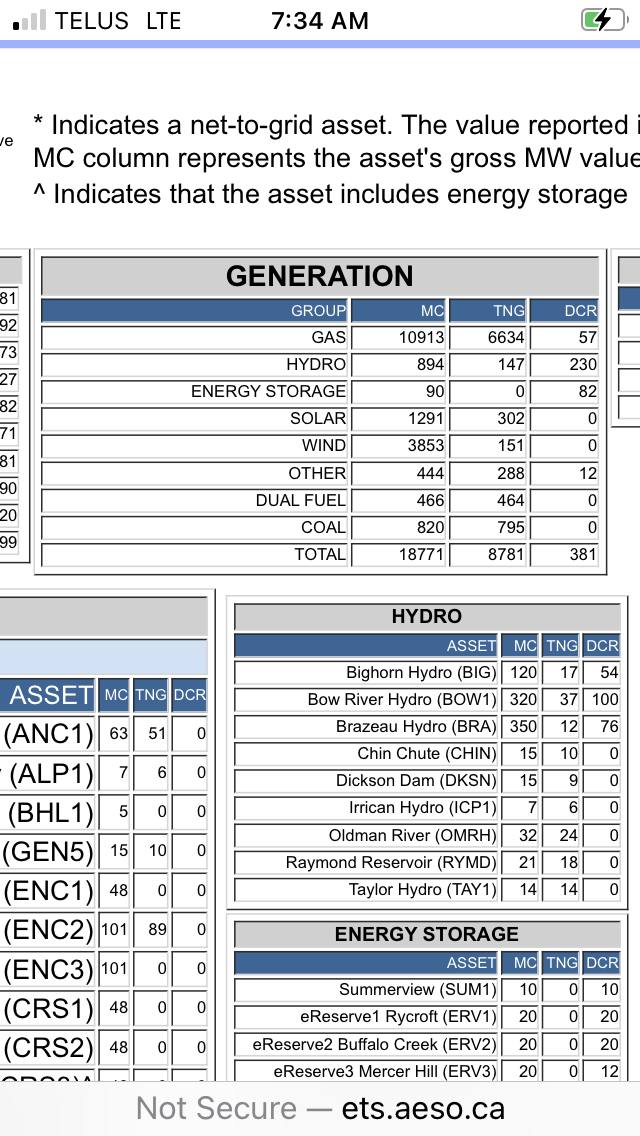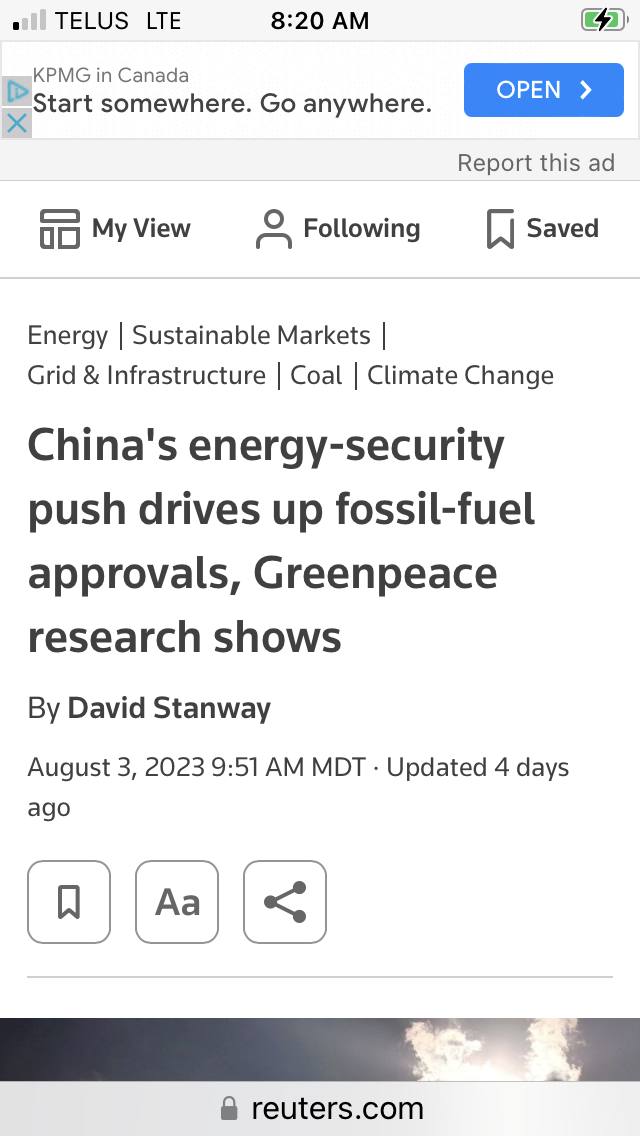Originally posted by chuckChuck
View Post
For the sake of curiosity if the panels reduce your grid supplied power needs by 50% irrespective of govt programs will your panels pay before they wear out? I’ve looked into it with passing interest and seems interest free loans and incentives are needed to make it pay. At one time the same treatment was given to natural gas tie ins but now you pay the full shot and interesting how many propane tanks newer yard sites have. I can understand incentives just wonder at the end of the useful life of the array will there be another program or will homeowners leave them and go back to full grid power?
From my experiences owning varying qualities and sizes of pv’s you don’t buy junk and lifespan is 10 years. Think if you can keep them cool lifespan and power generating potential would be better.


Comment